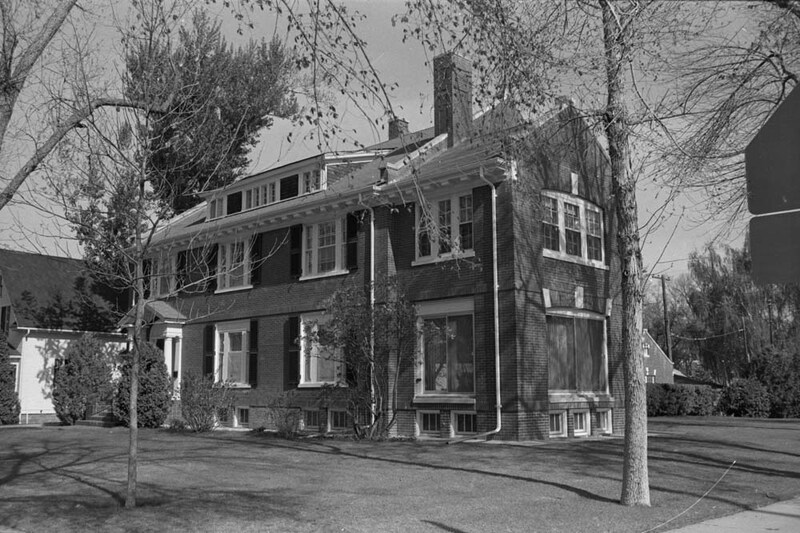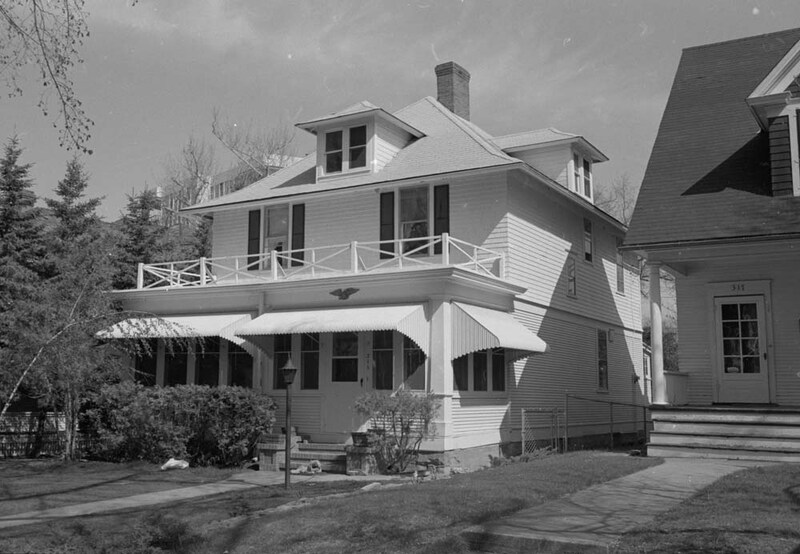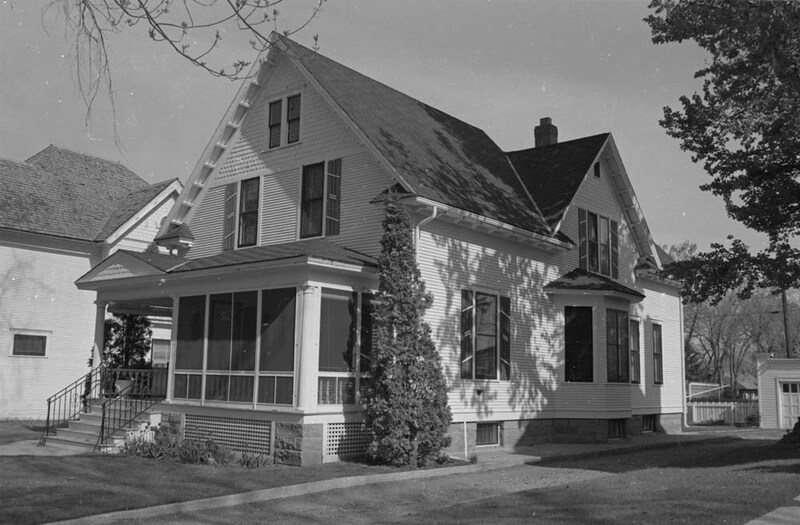Great Falls Northside Residential Historic District
Great Falls founder Paris Gibson was drawn to the power of the falls of the Missouri where he vowed to found an industrial center of unsurpassed beauty. Backed by railroad magnate James J. Hill, Gibson hired H. P. Rolfe to plat the townsite in 1883. Industry harnessed the rivers power and the advent of the railroad in 1887 assured the town a future. The Northside District, part of the original townsite, was planned as a neighborhood removed from industrial activity but still convenient to it. By the 1890s doctors, lawyers, politicians, businessmen, and smelter officials had begun to settle in its neighborhoods. More than 200 beautifully preserved homes and buildings span the period from 1885 to 1945, offering a medley of period architectural styles including Queen Anne, Colonial Revival, Craftsman Bungalow, Prairie, and Moderne. The work of renowned architect George Shanley, a Northside resident, indelibly colors the district. The Classical Revival style Sacred Heart Convent and the Romanesque Revival style Cascade County Jail showcase his talents. Paris Gibson himself, first mayor of Great Falls, also built a Northside home. Gibson believed that beautiful surroundings molded a diverse population into a contented community. Gibson Park which skirts the district and the double-lined boulevards, resplendently shaded by huge trees planted between 1888 and 1913, are central to Gibson's legacy. Today the Northside's residential streets, magnificent churches, and impressive public buildings reflect the economic, social and political flowering of Gibson's vision.



